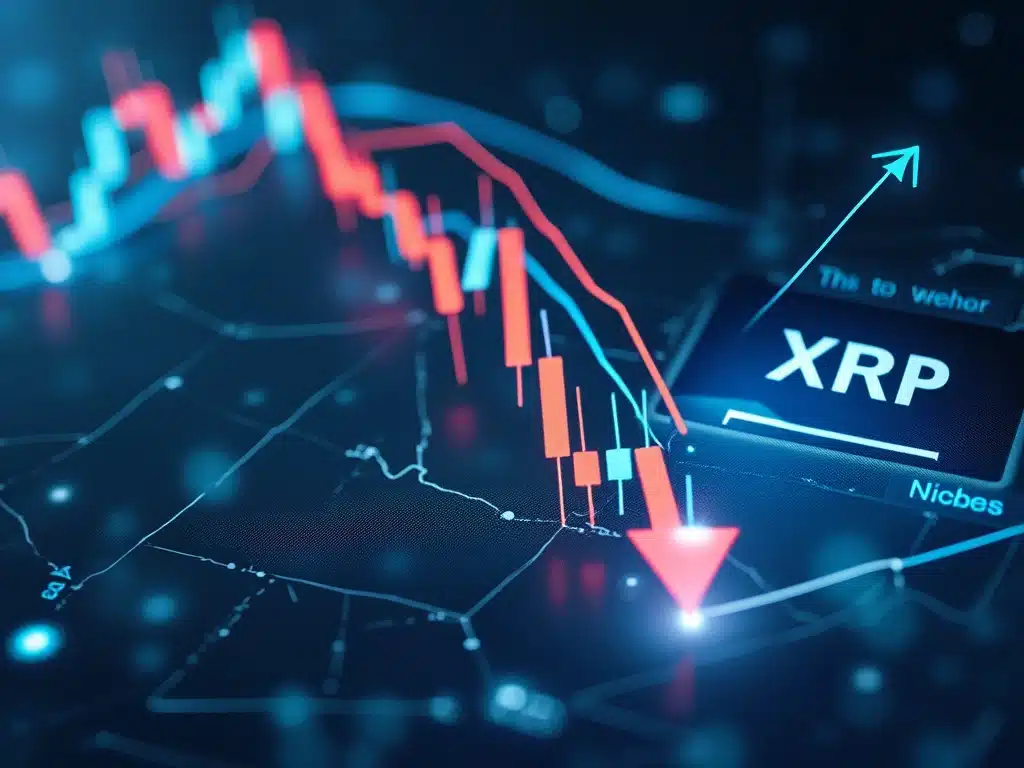Understanding Solana’s Monolithic Structure
Solana has been making waves in the blockchain world, thanks to its monolithic architecture. Unlike modular blockchains that separate different functions into distinct layers, Solana integrates them into one cohesive unit. This design choice brings several advantages:
- Speed: Solana is capable of processing thousands of transactions per second (TPS).
- Efficiency: Lower transaction costs and higher throughput.
- Scalability: The network can scale with increasing demand without compromising performance.
Why Speed and Efficiency Matter
In the blockchain realm, speed and efficiency are critical. They determine how quickly and cost-effectively transactions can be processed. Solana’s monolithic structure leverages:
- Proof of History (PoH): A unique consensus algorithm that timestamps transactions, enhancing speed and security.
- Turbine: A block propagation protocol that optimizes data transmission across the network.
- Gulf Stream: A forward-looking transaction caching mechanism that reduces confirmation times.
Proof of History (PoH)
Proof of History is Solana’s innovative approach to consensus. Unlike traditional Proof of Work (PoW) or Proof of Stake (PoS) mechanisms, PoH creates a historical record that proves that an event has occurred at a specific moment in time. This efficiency translates into faster transaction processing.
Turbine
Turbine is Solana’s block propagation protocol. It breaks down data into smaller packets and transmits them across the network, reducing bandwidth requirements and improving overall network performance.
Gulf Stream
Gulf Stream is another proprietary feature of Solana. It caches transactions before they are confirmed, enabling validators to execute transactions ahead of time. This reduces the time required for transaction confirmation and enhances the network’s throughput.
Comparing Solana with Modular Blockchains
While Solana opts for a monolithic approach, many other blockchains use a modular structure. In a modular blockchain, different functions like execution, data availability, and consensus are separated into different layers. This separation can offer:
- Flexibility: Easier updates and modifications to individual layers.
- Specialization: Enhanced performance in specific areas by focusing on individual layers.
However, this separation can also introduce inefficiencies. Different layers need to communicate with each other, leading to increased latency and potential bottlenecks. Solana’s monolithic approach, by contrast, integrates all these functions into a single layer, minimizing communication overhead and maximizing performance.
Real-World Applications and Partnerships
Solana’s unique architecture has attracted various partnerships and real-world applications. These include:
- DeFi Projects: Solana is home to several decentralized finance (DeFi) projects, benefiting from its high throughput and low fees.
- NFT Marketplaces: Non-fungible token (NFT) platforms leverage Solana’s speed for quick and cost-effective transactions.
- Corporate Collaborations: Companies like FTX have integrated Solana into their platforms for enhanced performance.
What’s Next?
Solana’s monolithic structure has set it apart in the blockchain space, offering unparalleled speed and efficiency. As the network continues to grow, its unique architecture will likely attract more projects and partnerships, further cementing its position in the industry.
Disclaimer: The information provided in this article is for general informational purposes only and does not constitute professional advice. All content is based on information from sources believed to be accurate at the time of writing. However, the information may be outdated or subject to change. Always seek the advice of a qualified professional regarding any financial, legal, or health-related decisions. The author and publisher of this article are not responsible for any errors, omissions, or results obtained from the use of this information. Reliance on any information provided in this article is solely at your own risk.





 By
By





 By
By
 By
By
 By
By



